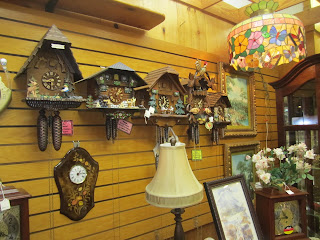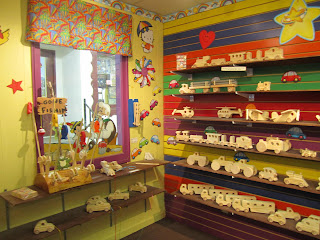Unlike other sports, baseball truly grew up with America. Perhaps this explains why the sport has taken such a deep hold on the nation’s “mystic chords of memory.”
The game of baseball, as we would recognize it, first appeared in the 1820s and 1830s and was played with different rules and a varied number of players all over the northeastern part of the United States with unique versions emerging in Massachusetts, Philadelphia, and New York.
Baseball initially had to compete for popularity with cricket, which had been imported to America from England in the 18th century and remained vastly popular until the 1850s when baseball finally overtook it as the nation’s most successful bat and ball game. In 1858 baseball was first described as “The American Game,” a title it would hold for over a century. Perhaps because of the city’s innate conservatism, Philadelphia was one of cricket’s last strongholds. It remained popular and was played by various clubs all over the city and along the Main Line, drawing large crowds well into the 20th century. But baseball’s simplicity eventually won over America’s growing number of sports fans. The game, once learned as a child, was easily followed as an adult. The equipment necessary was minimal—just a bat and ball and some bases—and the space needed was limited.
In the 1870s the game that had been run by amateurs became increasingly professionalized as intense rivalries developed between local teams and with clubs in rival cities. The first organized league in 1871 was made up of professionals who played the game with sophistication. But the league collapsed and in 1876 businessmen, typical of the ‘root hog or die’ capitalism of post–Civil War America, took control of the game. The National League became the model for all subsequent professional sports organizations in America.
In many ways the hard-headed business types who have run baseball from Albert Spalding to George Steinbrenner have shown that baseball is a big business as well as a sport. Once again baseball mirrored the times.
When the National League was established in 1876 baseball bore a close resemblance to the modern game. Players uniforms look like modern ones; baseball equipment had made giant strides, with gloves already making their appearance; and, most significantly, almost all the types of play found in the modern game—hitting and running, bunting, stealing bases, making double plays, etc.—had emerged. Equally important, baseball was played in every part of the country. By any measure, it was truly the national game.
By the 1870s baseball began to reflect the national culture in yet another way. The game started to absorb the first group of outsiders who would change baseball socially and culturally. The large influx of Irish and Germans fleeing Europe’s economic and political troubles in the 1840s quickly adopted baseball as a way of gaining acceptance in their adopted homeland. By the early 1880s, 62 percent of the players in the National League were of Irish or German descent.
This ethnic domination continued for almost a half century. In 1910, 13 of the 16 managers in the major leagues were Irish Americans, including such legendary figures as the New York Giants’ John McGraw and the Philadelphia A’s Connie Mack. McGraw would manage the Giants for almost 30 years; Mack the As’ for 50.
After World War II baseball’s “color barrier” was finally shattered when Jackie Robinson integrated the major leagues in 1947. In some ways Jackie Robinson also was a catalyst in the civil rights movement, showing that African Americans were not inferior by playing America’s favorite sport at such a high level of proficiency.
Early in the 20th century these cities witnessed a huge building boom as new ballparks that testified to the game’s popularity were constructed.
In the late 1950s, professional baseball underwent a major expansion, establishing teams in California, then Texas, Canada, and the American South and the Northwest. By the turn of the 21st century baseball truly had become a continental sport. Baseball is becoming a global sport.
The history of baseball is also closely linked to the history of mass media. Baseball’s popularity was enhanced by the growth of the modern sportswriter as chronicler and interpreter.
In the 1920s radio brought baseball to a new audience and enhanced the game’s economic security. Superbly suited to radio with its slow pace and pauses alternating with moments of high tension, baseball appealed to listeners at home who could recreate the action in their minds. A generation of great announcers in every city helped identify their team with the fans. Baseball owners did not fear radio as they did the emergence of television after World War II. In the words of one of baseball’s greatest innovators, Branch Rickey, “Radio created fans; television satiated them.” Rickey was wrong for once. Television eventually created new fans and took baseball’s popularity to new heights.
Baseball’s stature in American culture is apparent in the fact that it is the only sport to have generated serious literature. Despite the growing popularity of other sports they have not yet produced comparable serious literature. Baseball also holds an important place in our nation’s poetry and songs. Even at the level of popular culture, baseball films such as
Pride of the Yankees,
Bull Durham, and
Field of Dreams attest to baseball’s continued hold on the American imagination. Even non-fans grasp the mythic quality that baseball seems to play in American culture.
Today, while no longer the most popular sport in the United States (it lags behind professional football), baseball has reached new levels of success. Attendance in the 2005 season set a record of 75 million fans.






















